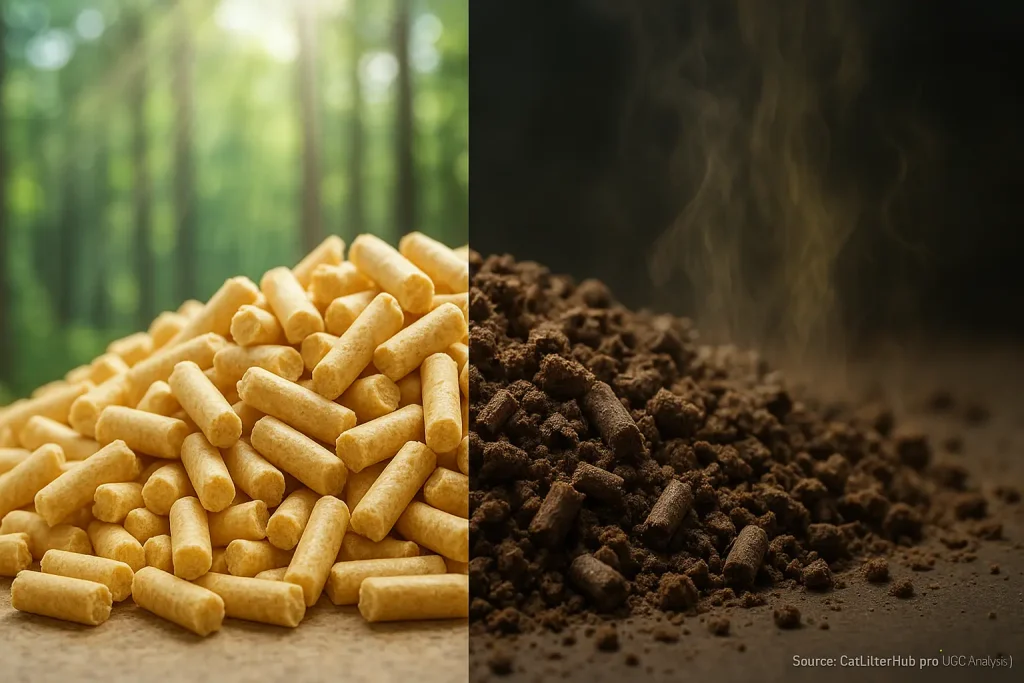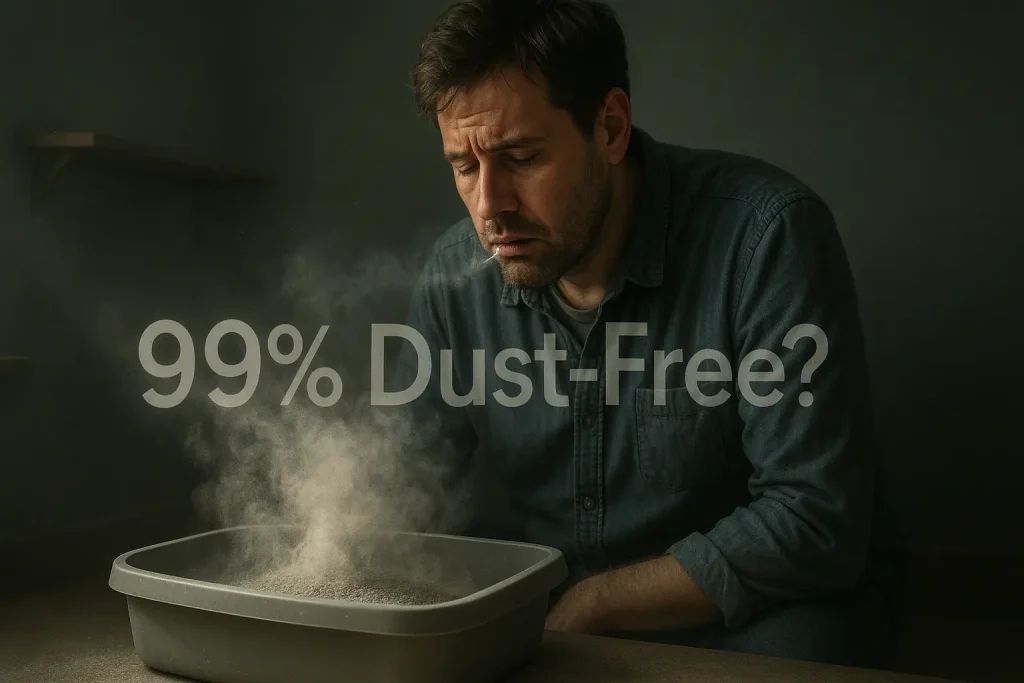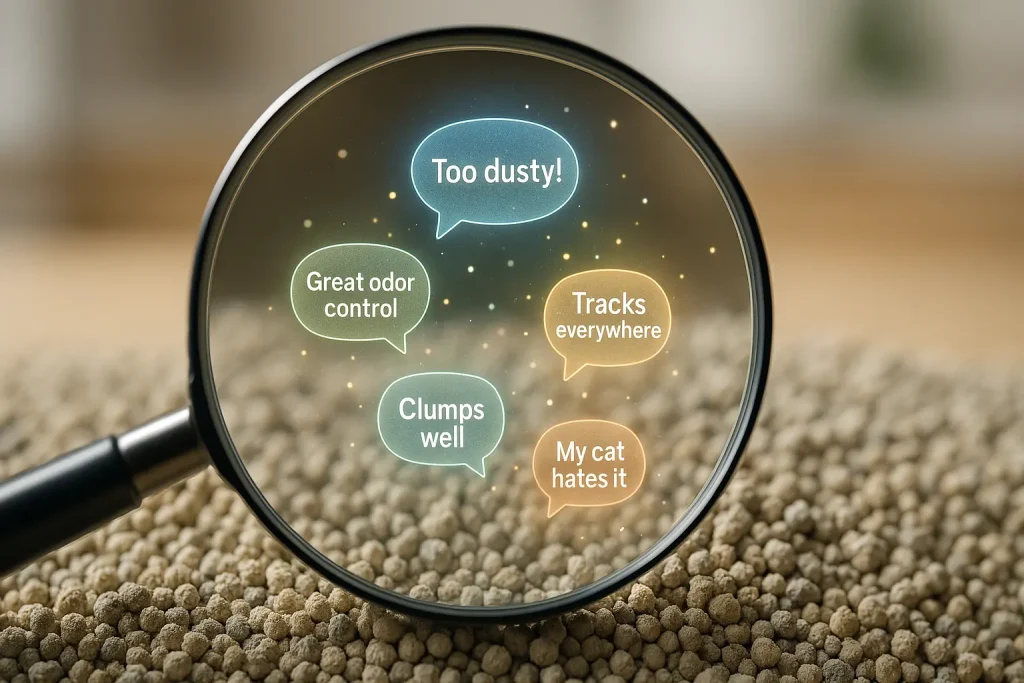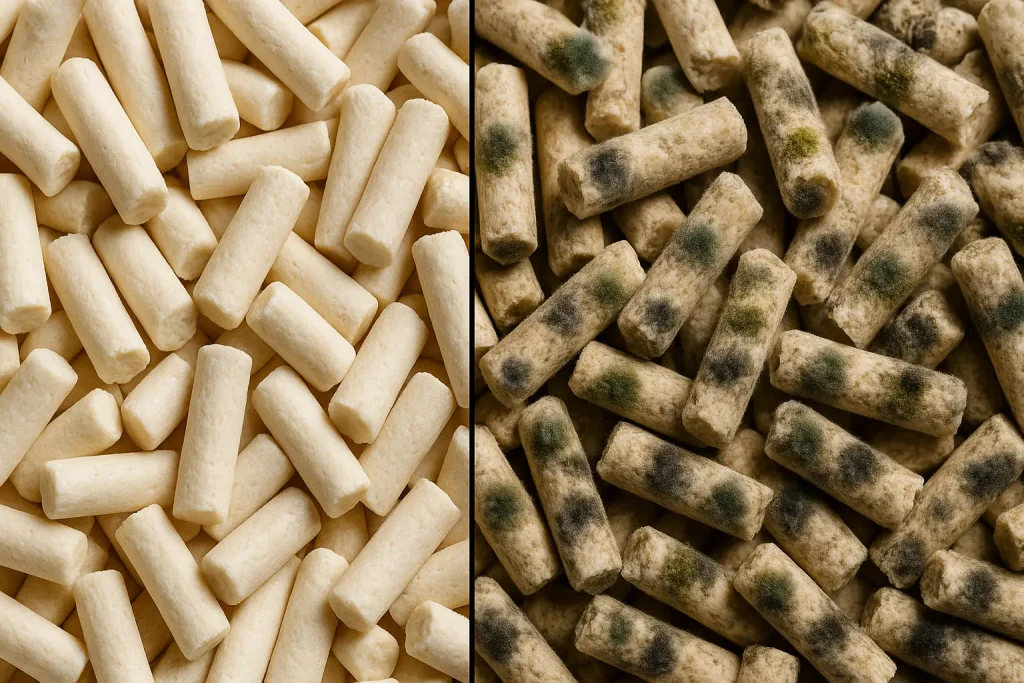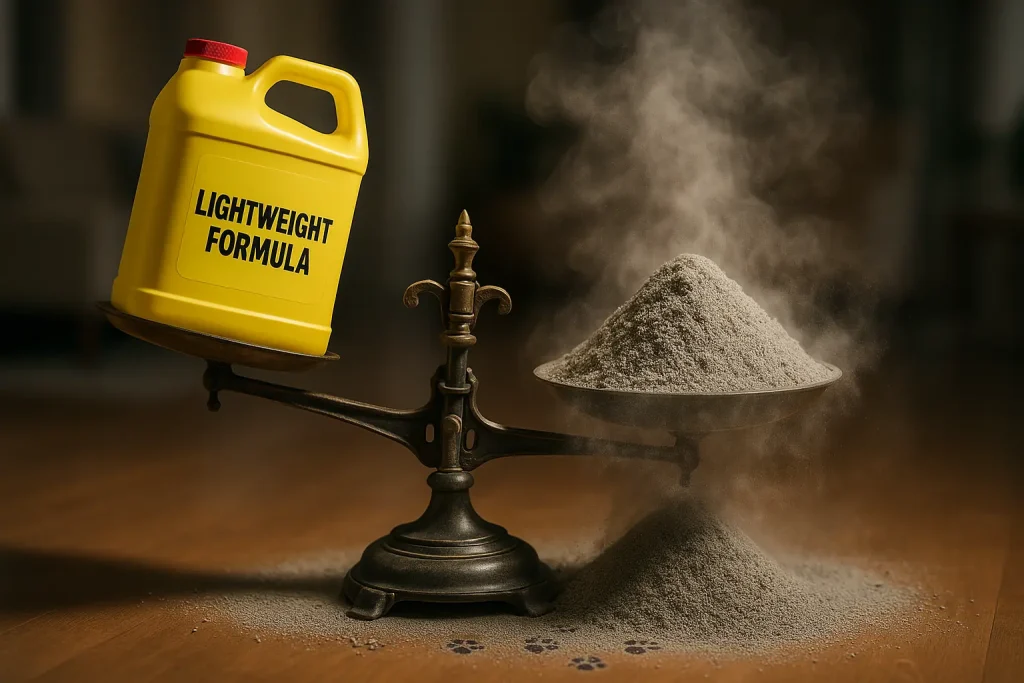The "99% Dust-Free" Promise: Too Good To Be True for Your Furry Friend?
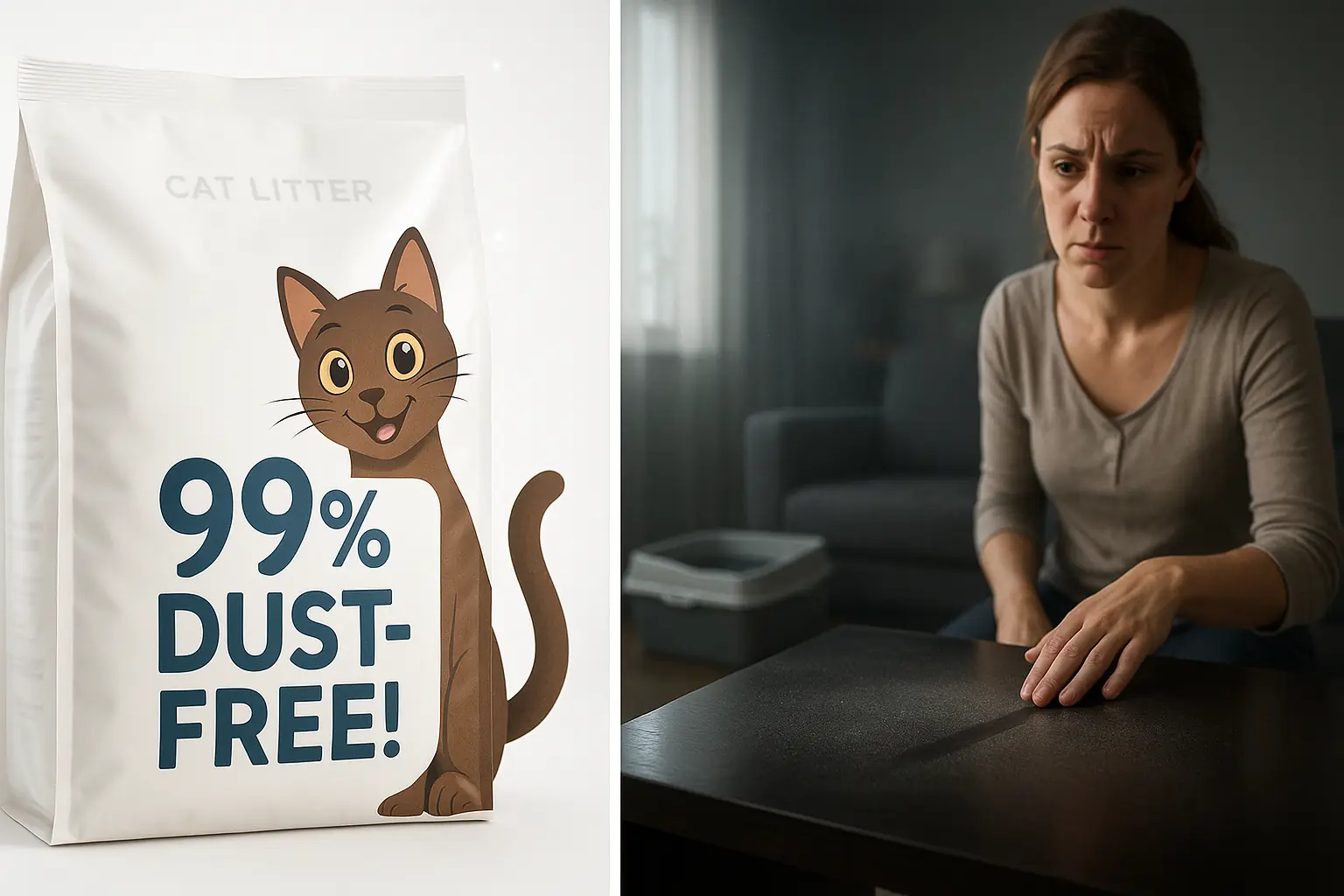
See that "99% Dust-Free!" screaming from the litter bag? Ever wonder if it's the whole truth? Or just a dusty marketing dream? These labels appear on countless litter products. They promise a clean-air paradise for cats and owners alike.
Yet, scroll through online reviews. A different story unfolds quickly. Many owners, like Sarah hoping for relief for her asthmatic cat, buy "99% dust-free" litters. They still find that familiar haze settling after their cat digs. "Low dust where?" becomes a common, frustrated question.
So, what gives? Bad luck for some? Or is "dust-free" a rather fuzzy marketing term? Our deep dive into thousands of user comments reveals a stark contrast with these promises. Cat Litter Hub uncovers what owners experience.
The User Reality: "Dust Cloud City" & Respiratory Worries
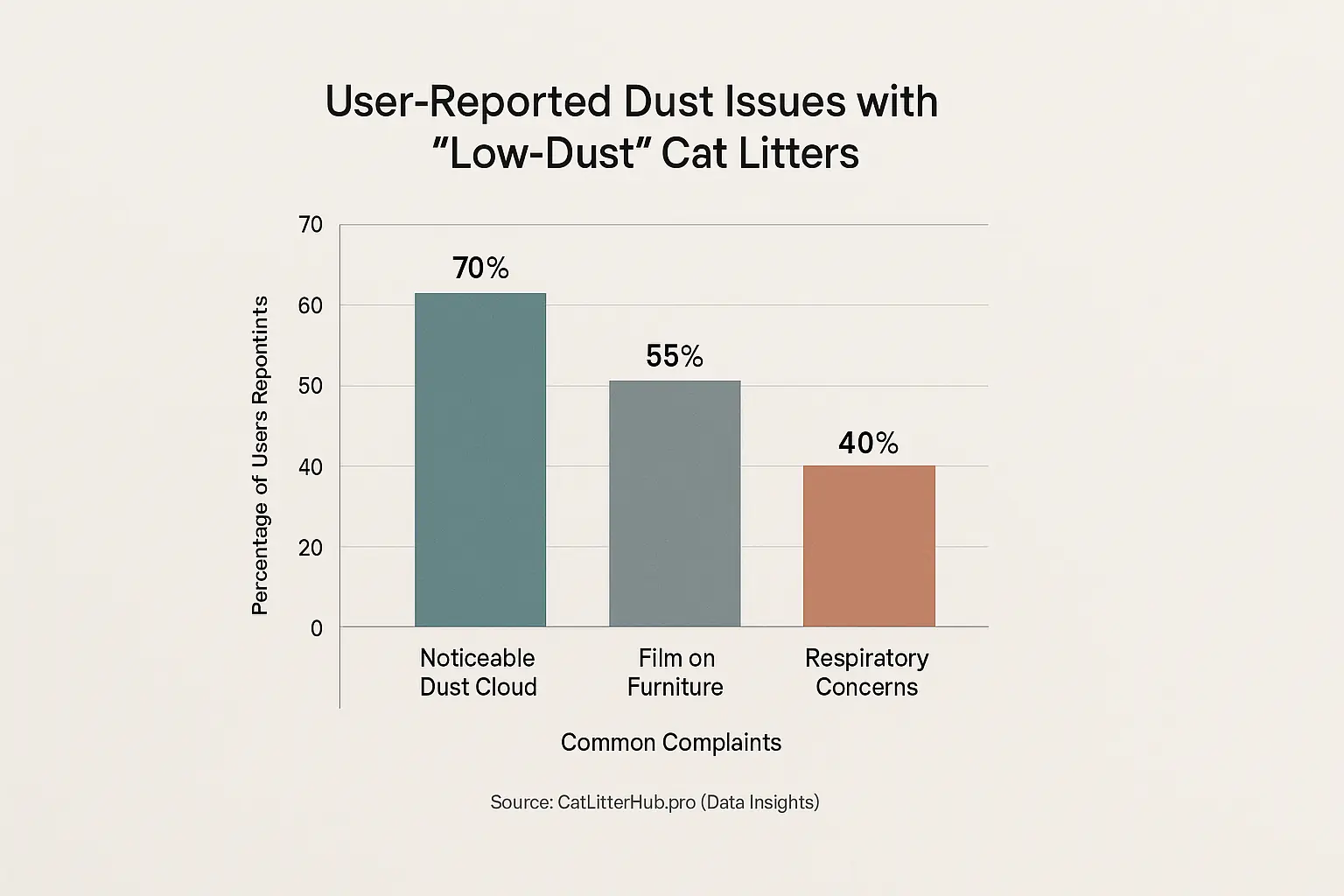
Forget the marketing labels. What is the ground truth from thousands of cat owners? Many describe their homes as "Dust Cloud City." This happens even with so-called "low-dust" litters. Think of a user, let's call him Mark. He meticulously cleans. Yet, he finds that tell-tale film on his dark furniture. This occurs just hours after his cat uses the supposedly "dust-free" box. His frustration is a common story found in user reviews.
The mess is not just visible. Users frequently report the "dust plume." This cloud erupts when pouring fresh litter. A gritty haze often hangs in the air. This follows a cat's vigorous digging session. Some owners even mention tasting the dust. This gritty reality, as described in numerous online posts, directly contradicts many package claims about cleanliness.
Beyond simple annoyance, genuine worry surfaces in user feedback. "Is this safe for Snowball's asthma?" one owner asks online. Another posts, "I'm constantly sneezing after scooping Brand X." These are not isolated incidents. They represent recurring themes in community discussions about pet and human respiratory health. The collective experience points to a widespread concern over airborne litter particles.
Adding to the owner frustration? The litter lottery. Numerous users report stark inconsistencies between bags of the same brand. One purchase might be acceptable. The next unleashes a dust storm. This variability makes relying on past good experiences very difficult. Brand loyalty, according to many forum discussions, often erodes due to this unpredictable dust level.
The Murky Science: How is "Dust-Free" Measured & What Are the Health Stakes?
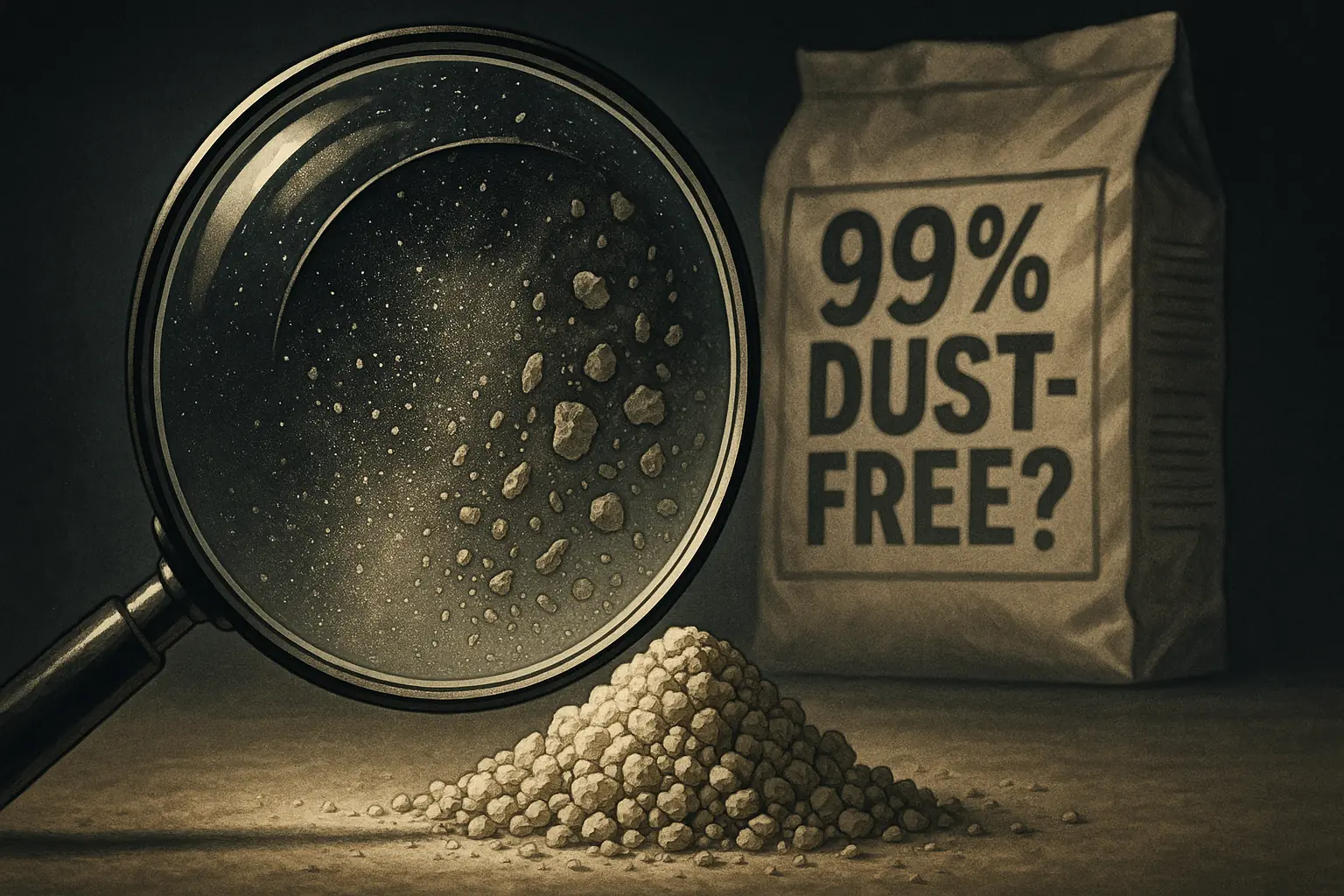
So, how do companies arrive at '99% dust-free'? Good question. Turns out, no single industry standard defines this. The measurement process is a black box. Users then trust labels that might not match their home experience, like a '99% fat-free' claim based on an impossibly tiny serving size – true in theory, useless in practice.
Why all this fuss about dust? Tiny airborne particles, especially from clay (hello, bentonite!) or silica litters, pose inhalation risks. Cats' sensitive respiratory systems are particularly vulnerable. Indeed, users frequently connect dusty litters to increased pet sneezing, coughing, or even asthma. 'My vet specifically told me to find a TRULY low-dust litter for Mittens' breathing issues,' one owner shared, voicing common frustration with misleading packaging.
Not all dust is created equal, some argue. Fine clay dust differs from coarser particles in some wood litters. For most cat owners, however, any visible dust cloud signifies a nuisance and a health worry.
The bottom line? That 'dust-free' claim often remains more marketing speak than a reliable guarantee. Without transparent, standardized testing and reporting, consumers cannot easily verify these assertions. This knowledge gap empowers misleading labels.
Dust Claim Reality Check: Tool & Finding Genuinely Low-Dust Options
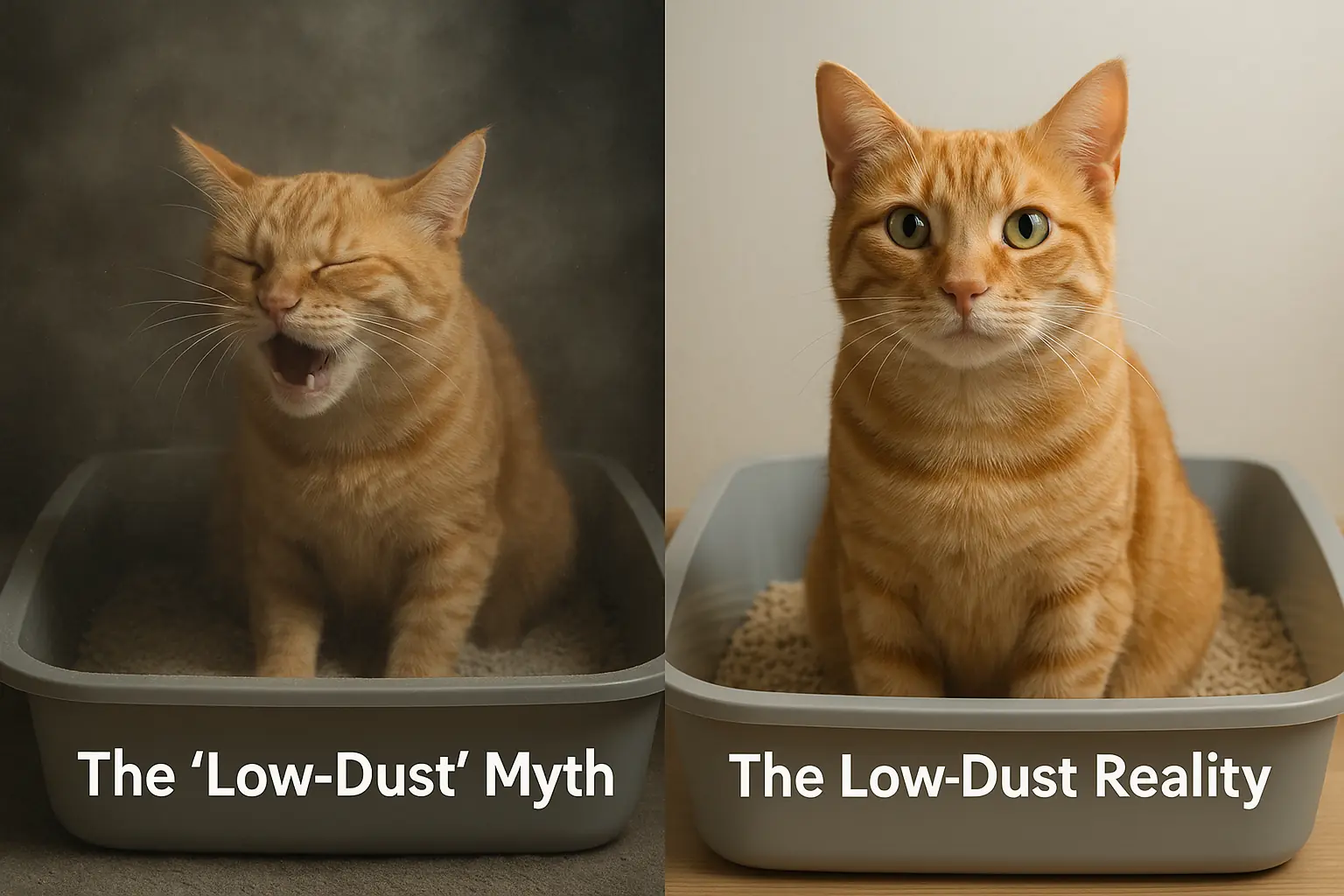
Cat Litter Dust Claim: Reality Check
Hopefully, our Dust Claim Reality Check gave you a clearer picture based on what real cat owners are saying. That tool provides a solid start. Remember, that "99% dust-free" label is just the beginning of your search. It is not the complete answer.
So, how do you find a genuinely low-dust champion? Finding true low-dust litter means looking beyond the bag. Community wisdom is key. Many users find one brand's 'low dust' is another's actual dust storm. Our analysis of countless experiences reveals that certain materials often get better marks. Specific paper, some corn, or particular grass litters frequently earn praise from cat owners for lower dust. One owner reported switching to a pellet-based paper litter. They finally breathed easy in their laundry room. But even with these materials, always cross-reference with recent, detailed user reviews found right here on Cat Litter Hub.
Beyond litter choice, simple practices help manage dust. Fellow cat parents suggest pouring litter slowly. This action can reduce airborne particles significantly. Using a good litter mat traps tracked dust effectively. Some owners even recommend placing an air purifier near the litter box. These small steps, shared by the community, can make a real difference in your home.


